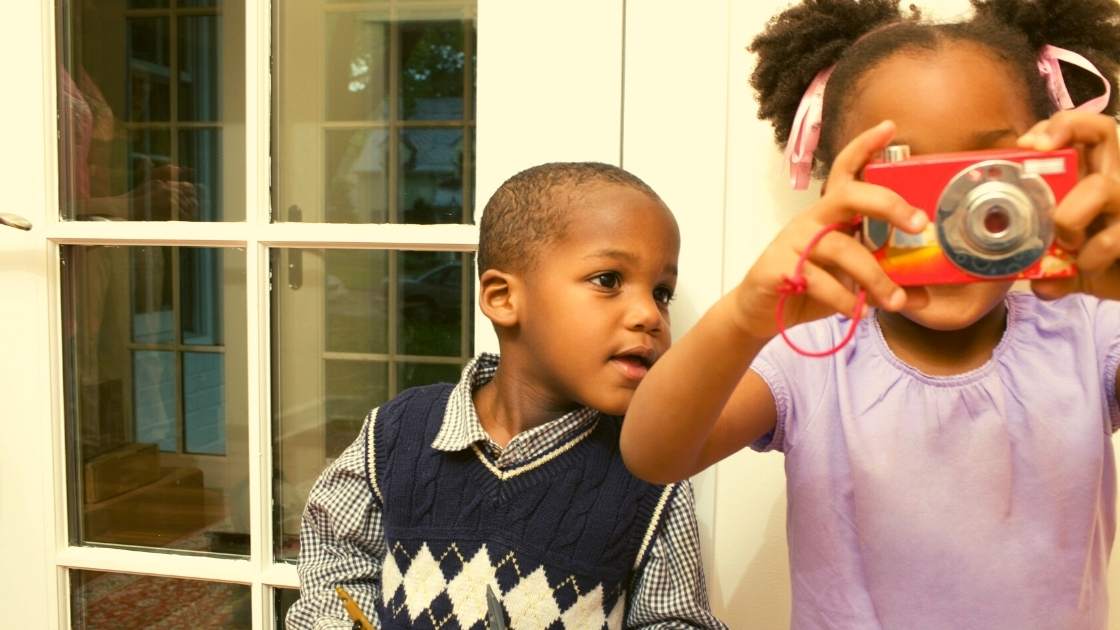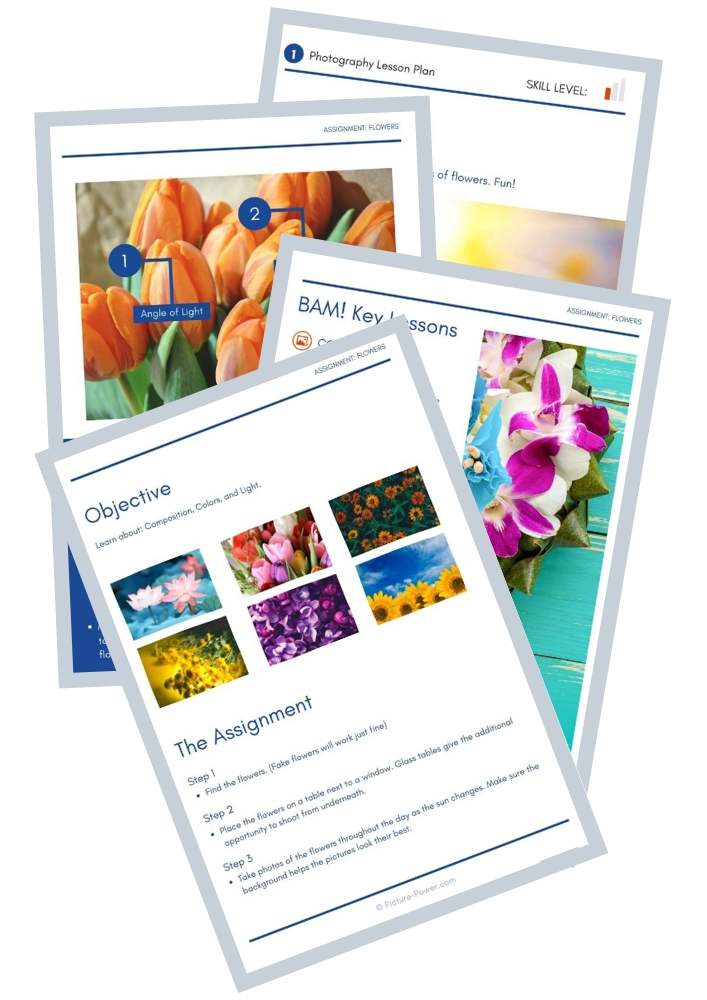teaching kids photography
WHAT I HAVE LEARNED
By Scott Umstattd
Teaching kids photography is not how I thought I would be utilizing my love for and knowledge of photography. The dream was to travel the world taking pictures for some great organizations.
And I was able to do that for a while.
And then digital photography took off.
And then EVERYONE became a photographer.
And then, it became more difficult to earn a living as a photographer because there were (and still are) so many people trying to become professional photographers and they were more than willing to accept less for a job than I was use to making.
This was all the result of digital SLR cameras or DSLRs. Which I love!
So, recognizing that millions of people now had access to amazing cameras and that some of those millions were going to be coming after my job, a decision was made to teach photography to everyone running up behind me rather than always trying to run faster and faster and faster to stay ahead of the competition.
As a result, this website, Picture Power, was created to teach photography to kids.
And then the iPhone arrived and ever since year after year the picture taking ability of smartphones has increased. Now photographers don't even need that big clunky DSLR strapped across their chest to take amazing photos.
Photography is different now
Photography, both professional and personal, looks nothing like the photography I grew up with much less what I imagined it would become. And I really noticed that a few years ago when I began teaching kids photography in school.
I approached this varied group of elementary, middle, and high school students with "the basics" of photography and the aim of getting them to shoot manually. In short, I was going to tell them everything they needed to know about ISO, aperture, and shutter speed and they were going to "get it".
On day one I realized that this approach wasn't going to go well.
As I made my way through the concepts of what ISO, aperture, and shutter speed do I could see their eyes glazing over and could see they were contemplating taking a painting or pottery class instead.
Being astute, I asked the class if this was boring. Their grunts let me know that maybe this was kind of a dull way to learn photography.
But! They wanted to learn photography. And that, I figured, was the most important thing.
Cameras are different now
Part of the reason why learning how to shoot manually didn't make sense to my new students was because the majority of them were using their smartphones as their cameras.
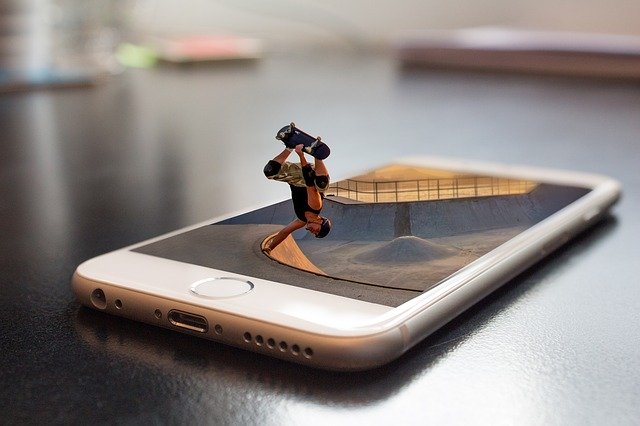
Some students did bring a DSLR to class but there were more smartphones. One student was using a new Polaroid. She could only take 10 pictures during class.
Everybody came to class prepared differently and with different tools.
I had to change my lesson plans after that first day.
I determined the only things I could teach to the class as a whole were light and composition. It didn't matter what camera they were using. These were the two things that each student had to contend with as photographers. It was how I unified the class as a whole.
I should note that each student got personal attention in each class. So those who had DSLRs or who were more advanced were able to increase their capacity to take better photos.
A New Plan for teaching kids photography
I created new lesson plans that always had an element of light and composition. Much less emphasis was put on how to operate the camera. Auto mode works great in pretty much any camera. And because of this students were able to jump right in and get to things.
(Auto mode decides what ISO, shutter speed, and aperture setting to use so you don't have to. It's like driving a car with an automatic transmission compared to one with a manual transmission. Both ways of driving get you there. One just requires a bit more practice.)
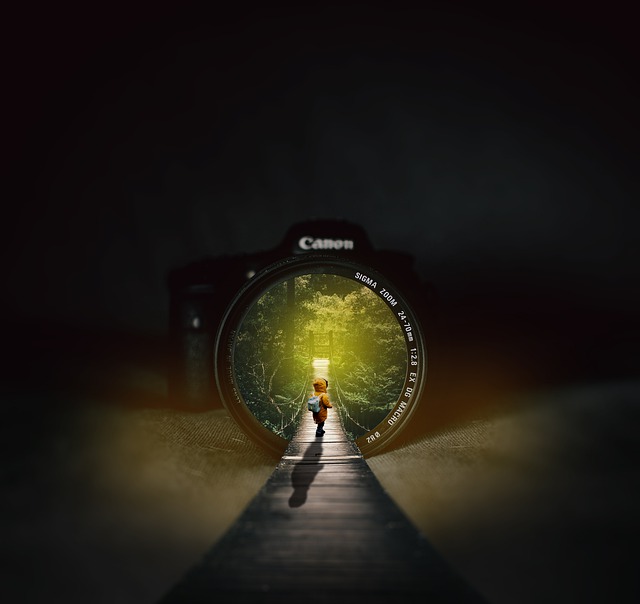
But my learning curve teaching kids photography wasn't over.
My students picked up on the subtleties of photography much quicker than I thought they would. Somethings that had taken me years to figure out they were understanding after just a handful of classes.
And here's why they were faster at learning than I was.
After each photo they take they get immediate feedback. Immediately, they know whether or not their theory of how of the photo would look is answered. And just as quickly, they can make an adjustment to get the results they sought. Because of this (because of digital photography) my students learned faster and began to expand upon their own developing style of photography.
I had to wait several days (and pay more than several dollars) to see my results when I was starting out in photography as a kid.
Photography had changed.
But not really.
Light and composition are the two things that a camera has no control over. A camera reacts to light and a camera has no input with regard to composition. There is no Auto-Composition mode.
I had figured out an approach to teaching photography to kids that was working for everyone. And that went well for a few years.
And then the school was closed along with everything else in town when the orders came to quarantine in March 2020.
HOmeschool for everyone
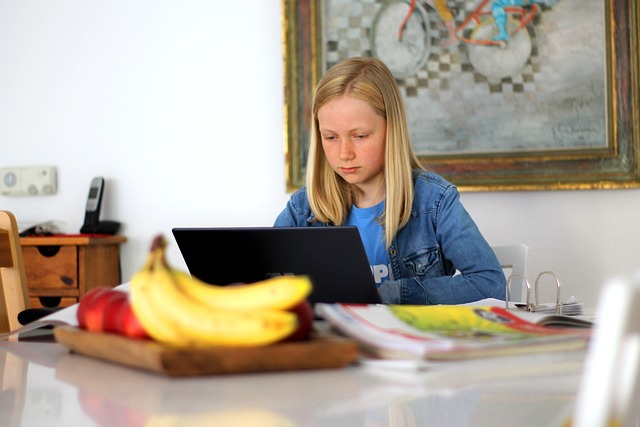
My students had to stay home. For all practical purposes the school year was over. And the school was not set up for online learning. So, that was it. No more teaching kids photography.
So I thought.
I started developing a 14-day home photography challenge for my students to give them (and their parents) something to do. The 14 day challenge turned into a 30-day challenge and photography lesson plans for the parents so they could guide their kids through some photo assignments.
Turns out most people know how to take pictures but they don't know how to teach photography.
Which leads us to now. The summer of 2020 is being spent inside and at home for the most part. More parents are becoming teachers as kids stay home. And this means that structure has to be added to each day if there is going to be any attempt to teach at home.
If you're new to homeschooling or if your looking to add unit studies to your already existing curriculum, Picture Power's Photography Lesson Plans may be helpful.
The lesson plans are super simple and designed to help the novice photographer TEACH photography.
It's also great way to get an instructional win under your belt to build your confidence in each other as teacher and student.
Plus, today's social media practically demands that only amazing photos be shared. Understanding what it takes to create better photos is essential now more than ever.
